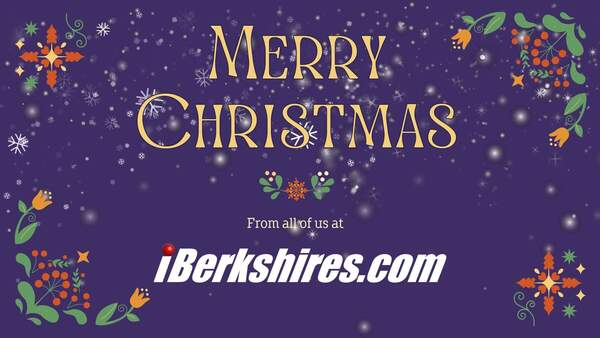
Bella Roma Pizzeria Now Open in North Adams
The corner location has long been a pizzeria, dating back to the 1970s, operating under different names and owners. That ended abruptly earlier in the summer when Supreme Pizza was closed by order of the Health Department because of violations and did not reopen.
Bella Roma owner Ilyas Ozdemir said when he saw that Supreme Pizza closed and the location was vacant he could not pass up the opportunity.
"This business closed down and we wanted to come here with a different menu," he said. "It's a great location."
Bella Roma if offering various specialty pizzas and dinners, salads, appetizers, wings, burgers, pasta dishes, pita pockets, sandwiches and even omelets. It also has a half-dozen fish dinners on the menu, desserts, and saute dinners over pasta. A catering menu offers Italian meals and salads and "clipless" coupons offer discounts on combinations and party-size pizzas.
Hamburgers and sandwiches range from $5 to $15; dinners from $9 to $16; and pizzas from $11.50 to $27.50.
Ozdemir said Bella Roma is also serving up soup, which is hard to find at other pizza joints.
"We want to be the best and there are a lot of restaurants but they don’t have any soup," he said. "We have a huge menu with a lot of items."
He urged everyone to stop by and check out the menu.
"If people want a great pizza they must come test ours," he said. "Once they try it they will keep coming back."
Bella Roma offers delivery and is open Monday through Thursday from 11 a.m. to 10 p.m.; Friday and Saturday, 11 to 11; and Sunday, noon to 10. A website for online ordering, www.callbellaromapizza.com, was not yet live on Friday. The phone number is 413-663-6666.
Tags: opening, pizza, restaurants,















